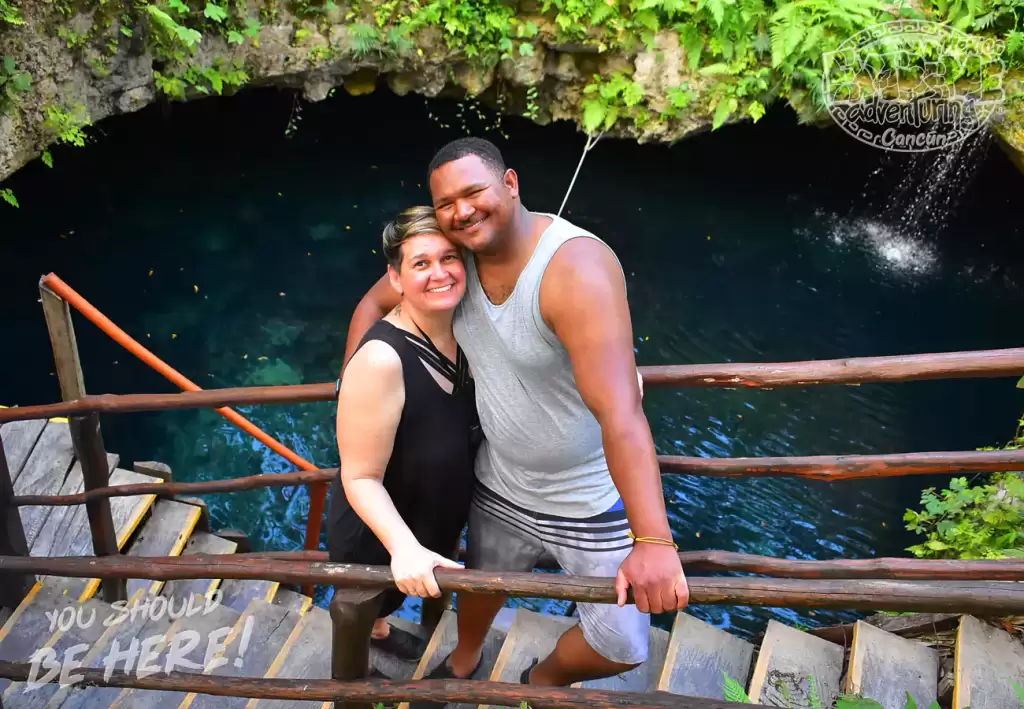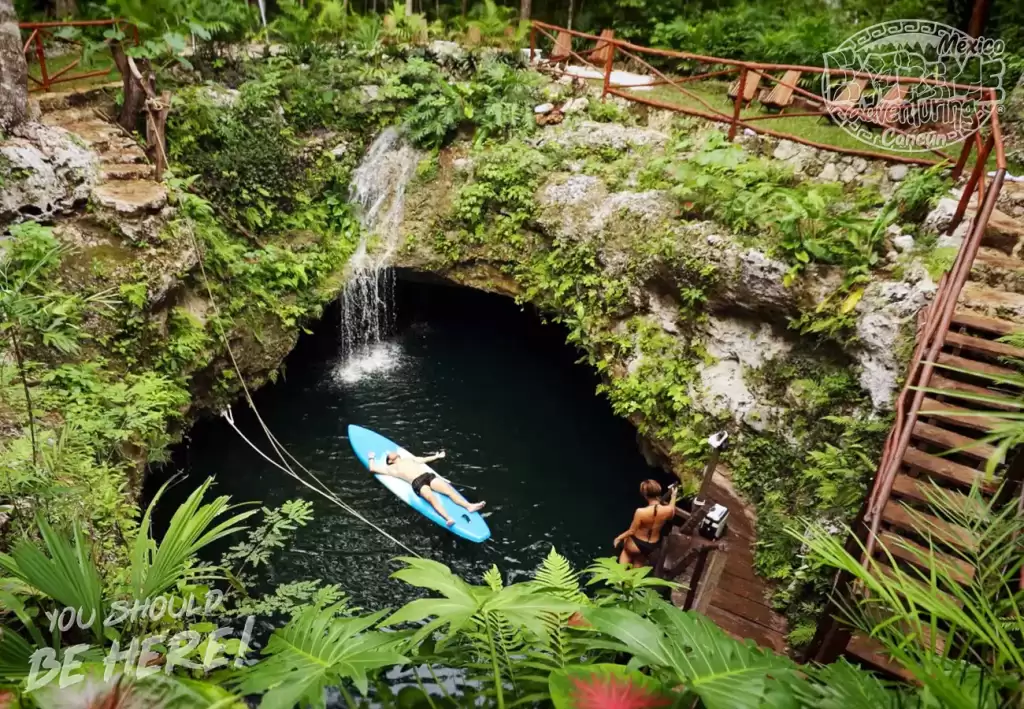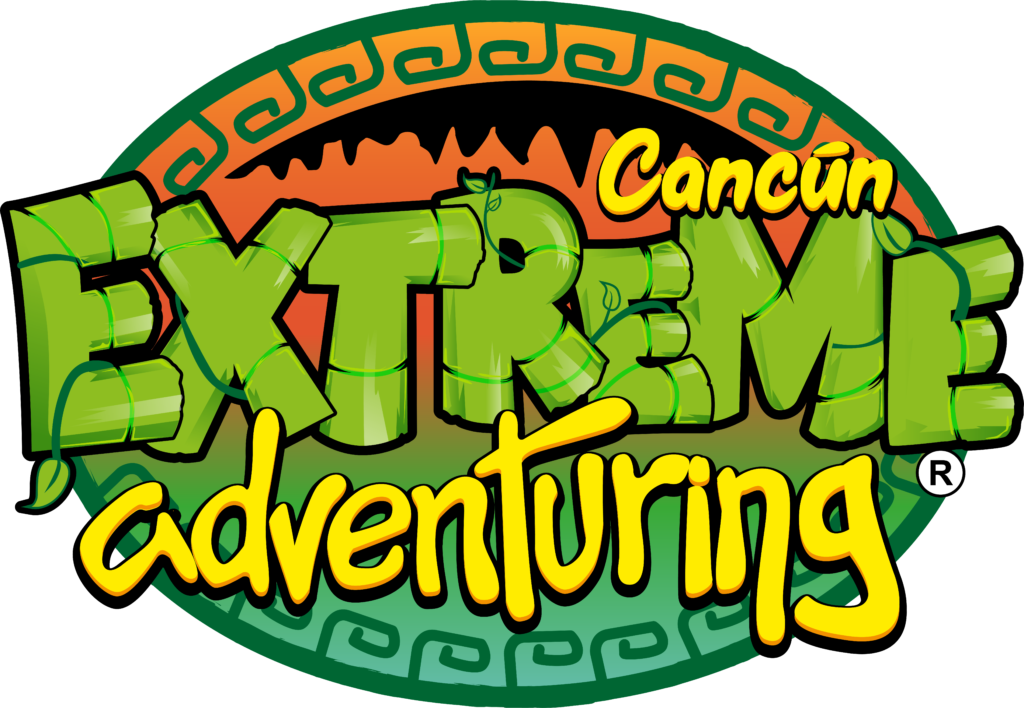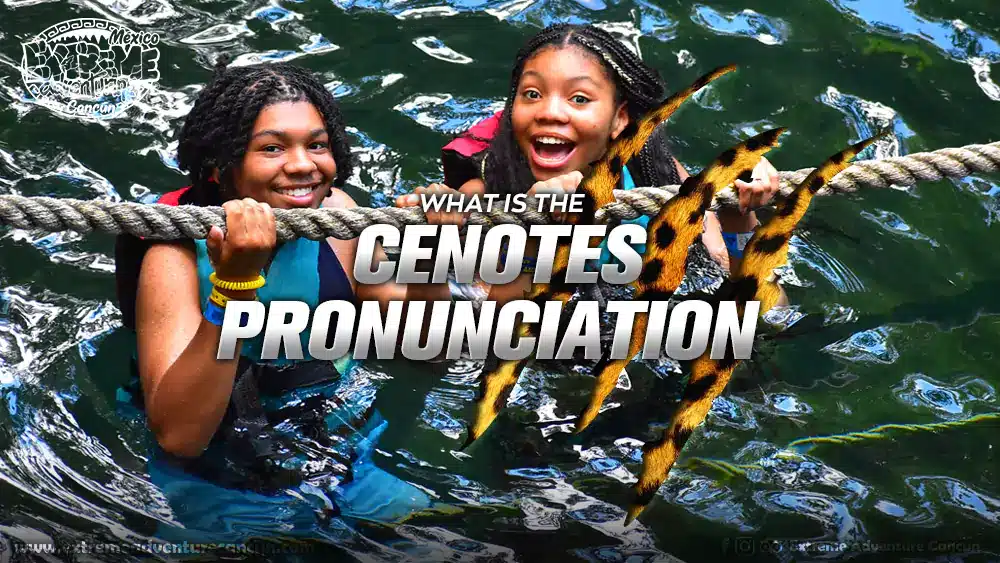Learn the Cenotes Pronunciation in an easy way. The Yucatan Peninsula is a region rich in history and culture, with a vibrant mix of mayan and Spanish influences. The Mayan civilization, which flourished in the area for thousands of years before the arrival of the Spanish, has left a lasting legacy on the language, cuisine, and traditions of the region. In this blog post, we’ll explore the Mayan language and some words that are still in use in the Yucatan Peninsula, as well as provide a guide on how to pronounce some common Spanish words you’ll encounter during your visit.



The Mayan Language and Culture
The Mayan language is still spoken by millions of people in Mexico, Guatemala, and other parts of Central America. It is a complex language with many different dialects, each with its own unique features and nuances. Despite the efforts of the Spanish colonizers to suppress the Mayan language and culture, it has survived and thrived in the Yucatan Peninsula and other parts of the region. In addition to Cenotes Pronunciation, Some Mayan words that are still used in the Yucatan Peninsula include:
- Xibalba: The Mayan underworld or “place of fear”.
- Hanal Pixan: The Mayan Day of the Dead.
- Kukulkan: The Mayan serpent deity worshipped at Chichen Itza.
- Chac: The Mayan rain god.
- Ixchel: The Mayan goddess of fertility and childbirth.
Pronouncing Common Spanish Words in the Yucatan Peninsula
If you’re planning a trip to Cancun, knowing how to pronounce some common Spanish words you’ll encounter during your visit is helpful. Here are some tips:
Cenotes Pronunciation
Certainly, the word “cenotes” is pronounced “seh-NOH-tays,” as explained in the previous answer.
Cochinita Pibil Pronunciation
Indeed the dish “cochinita pibil” is pronounced “koh-chi-NEE-tah pee-BEEL,” as explained in the previous answer.

Other words commonly used in the Yucatan Peninsula, along with their pronunciations:
- Chichen Itza: “Chee-chen eet-sah”
- Tulum: “too-LOOM”
- Xcaret: “shka-RET”
- Xel-Ha: “shell-HAH”
- Akumal: “ah-koo-MAHL”
The Etymology of the Word “Cenote”
Finally, The word “cenote” comes from the Mayan word “dzonot,” which means “well.” Besides, the cenotes are natural sinkholes filled with fresh water found in the Yucatan Peninsula of Mexico. Furthermore, They were considered sacred by the Mayan people, who believed that they were portals to the underworld and that the gods lived in the waters.

Tourism in the Cenotes
Summing up, cenotes are popular tourist attractions in Cancun, and many visitors come to swim, snorkel, and dive in their crystal-clear waters. Some cenotes also have zip lines and other adventure activities for visitors to enjoy. It’s important to remember to respect the natural beauty and cultural significance of these sites and to take steps to minimize your impact on the environment and local communities.





